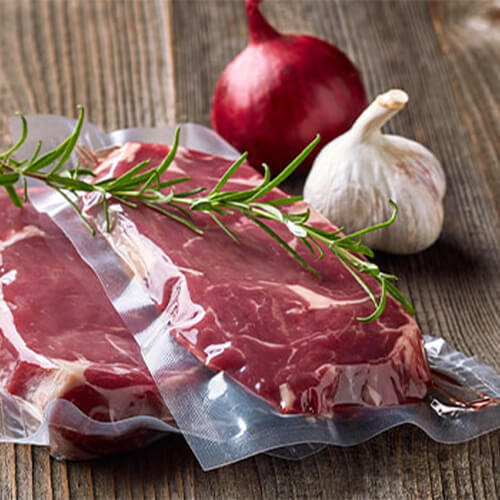chiller system
Understanding Chiller Systems An Essential Component of Modern Cooling Solutions
In today's world, where climate control is critical for comfort and productivity, chiller systems play a pivotal role in cooling processes across various industries. These mechanical systems use refrigeration principles to remove heat from a fluid, which is then circulated to cool buildings, industrial processes, and large machinery. Modern chillers are not only essential for maintaining optimal indoor temperatures but also contribute significantly to energy efficiency and sustainability efforts.
What is a Chiller System?
A chiller is a piece of equipment that removes heat from a liquid via a vapor-compression or absorption refrigeration cycle. Typically used for air conditioning, chillers can cool water, which is then circulated through air handling units or direct expansion systems to cool the air in spaces such as offices, hospitals, and manufacturing facilities. They are classified into two main types water-cooled and air-cooled chillers.
1. Water-Cooled Chillers These systems utilize water from cooling towers to dissipate heat. They are typically more efficient than air-cooled chillers and are preferred for larger applications, particularly in commercial buildings. By utilizing water, the efficiency of heat exchange is improved, thus lowering operational costs. 2. Air-Cooled Chillers These chillers use the ambient air to reject heat. They are typically easier to install and require less maintenance than water-cooled systems. However, they are usually less efficient in larger applications. Air-cooled chillers are ideal for smaller buildings or facilities with limited space for cooling towers.
How Do Chiller Systems Work?
Chiller systems operate by cycling refrigerants through a series of processes evaporation, compression, condensation, and expansion
. The basic steps in a vapor-compression chiller system are as follows1. Evaporation The refrigerant enters the evaporator, where it absorbs heat from the fluid (often water) being cooled. As it absorbs heat, it changes from a liquid to a gas. 2. Compression The gaseous refrigerant is then compressed in the compressor, raising its pressure and temperature.
3. Condensation The hot, high-pressure gas moves to the condenser, where it releases heat to the surrounding environment (in water-cooled systems, to water; in air-cooled systems, to air). As it loses heat, the refrigerant condenses back into a liquid.
4. Expansion The liquid refrigerant then passes through an expansion valve, where its pressure decreases, allowing it to vaporize, and the cycle begins anew.
chiller system

Applications of Chiller Systems
Chiller systems are widely used in various sectors
- Commercial Buildings In skyscrapers and large office buildings, chillers maintain a comfortable indoor climate, enhancing employee productivity and overall satisfaction. - Industrial Processes Many manufacturing processes generate significant heat that needs to be managed. Chillers provide reliable cooling for machinery and processes, ensuring operational efficiency and safety.
- Food and Beverage In the food industry, maintaining the correct temperature is crucial. Chillers help to preserve fresh products, ensuring safety and quality during storage and transportation.
- Data Centers Chillers are vital for data centers where large server units generate an immense amount of heat. Proper cooling is necessary to maintain functionality and prevent overheating.
Energy Efficiency and Sustainability
With climate change being a pressing global issue, energy efficiency in chiller systems is more important than ever. Advanced technologies, such as variable speed drives, thermal energy storage, and smart controls, are incorporated into modern chiller systems to optimize performance and reduce energy consumption. These innovations not only lower operational costs but also contribute to a more sustainable future by minimizing the carbon footprint associated with excessive energy use.
Conclusion
Chiller systems are indispensable in our quest for effective climate control, playing a crucial role across various industries. Understanding their operation, applications, and the significance of energy efficiency can aid businesses and facility managers in making informed decisions. As technologies continue to evolve, the efficiency and sustainability of chiller systems will undoubtedly improve, fostering a cooler and greener world for future generations.
















































































































